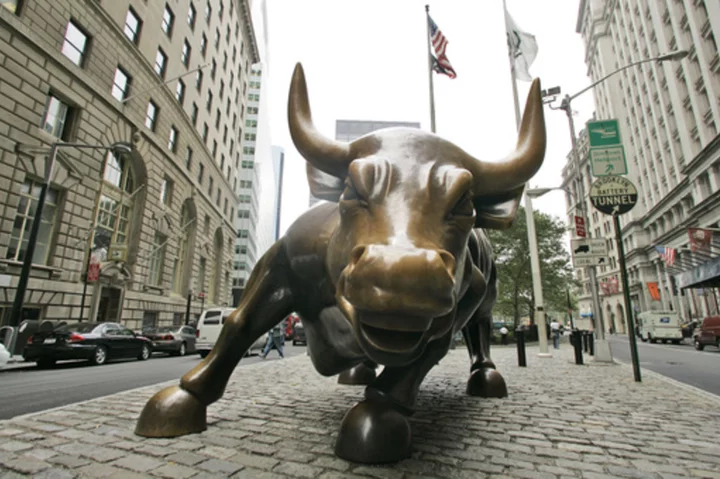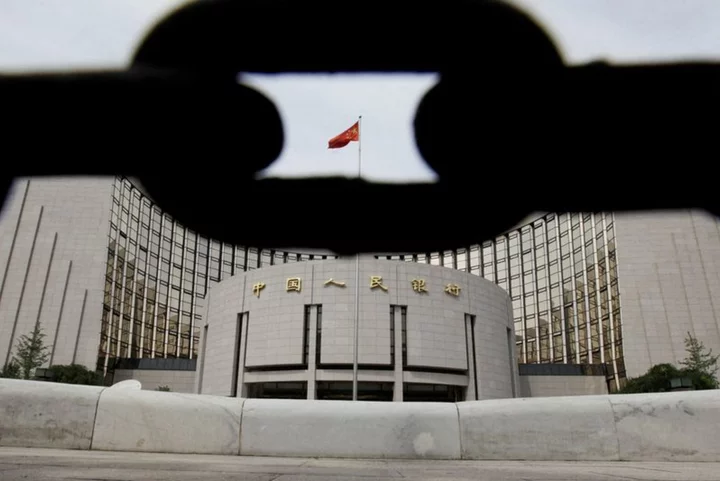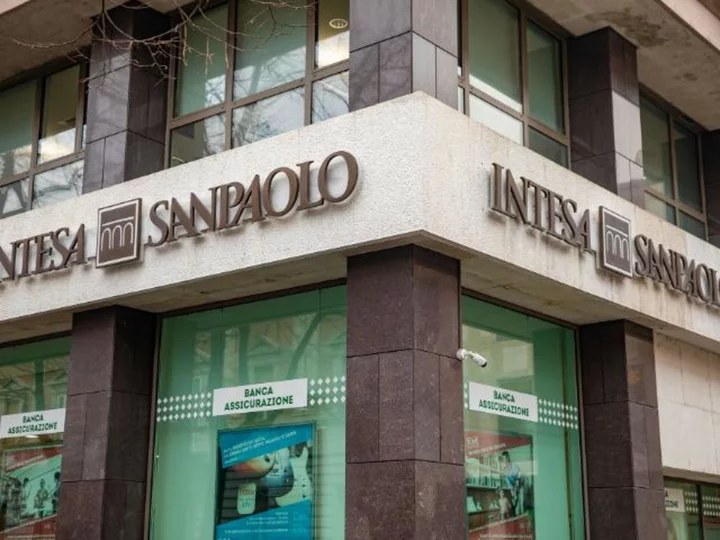The S&P 500 is now in what Wall Street refers to as a bull market, meaning the index has risen 20% or more from its most recent low.
Here are some answers to questions about bull and bear markets:
WHY IT IS CALLED A BULL MARKET?
Wall Street’s nickname for a surging stock market is a bull market because bulls charge, said Sam Stovall, chief investment strategist at CFRA. In contrast, bears hibernate, so bears represent a market that’s retreating.
WHEN DID THE NEW BULL MARKET BEGIN?
This latest bull market is considered to have begun on Oct. 13, 2022, a day after the S&P 500 closed at its most recent low of 3,577.03.
WHY HAS THE MARKET RALLIED?
Largely because the economy has defied predictions by not falling into a recession, at least not yet.
Markets tumbled last year on fears about how the worst inflation in decades would ravage the economy. More precisely, Wall Street got spooked by the aggressive measures the Federal Reserve took to combat high inflation.
The Fed has yanked interest rates to their highest level since 2007, up from virtually zero early last year. The aim was to drive down inflation by slowing the economy and dragging down prices for stocks, bonds and other investments. That left many investors bracing for a recession for months, but a remarkably resilient job market has kept the economy afloat.
Inflation, meanwhile, has eased off since hitting a peak last summer. That has Wall Street hoping for the Fed to soon stop hiking interest rates.
SO EVERYTHING'S FINE?
Hardly. The Fed is likely still not done hiking interest rates. Even if it hold rates steady at its next meeting, which would be the first time that's happened in more than a year, the expectation among traders is for the Fed to resume hiking in July. The hope is that will ultimately be the last rate hike, but persistent inflation could upend that.
That keeps up the pressure on the overall economy and particularly on the banking and manufacturing industries, which have already shown some cracks.
Most of the gains for the S&P 500 this year have come from just a small group of stocks, which critics say is unsustainable. Apple (+30%), Microsoft (+44%) and Alphabet (+25%), the companies with the highest market values in the S&P 500, all outpaced the index. Their huge size gives their movements extra weight on the index, while nearly half the stocks in the index have dropped so far in 2023.
HOW LONG DO BULL MARKETS TYPICALLY LAST?
Since 1932, bull markets have lasted an average of nearly 5 years and the S&P 500 sees a gain of 177.8%. The longest bull market started in March 2009, near the end of the Great Recession, and roamed Wall Street for almost 11 years.
WHEN WAS THE PREVIOUS BULL MARKET?
The previous bull market started on March 23, 2020, as the market recovered from a lightning-fast bear market caused by the onset of the global pandemic. That bull market was the shortest dating back to 1932, lasting about 21 months, according to data from S&P Dow Jones Indices. Still, the S&P 500 more than doubled (up 114.4%).
WEREN'T WE JUST IN A BEAR MARKET?
By entering a bull market, the S&P 500 effectively put an end to the bear market that began on Jan. 3, 2022. Officially, the bear market is considered to have ended on Oct. 12, 2022.
Declaring the end of a bear market may seem arbitrary, and different market watchers use different definitions, but it offers a useful marker for investors.
HOW MEAN WAS THAT BEAR?
The now-deceased bear market lasted about nine months and saw a drop of 25.4%. It was rather tame as far as bear markets go. Since 1950, the average bear market has lasted 13 months and the S&P 500 fell 34.2%. Since 1929, the average bear market has lasted 19.6 months and the S&P 500 has dropped 39.4%









